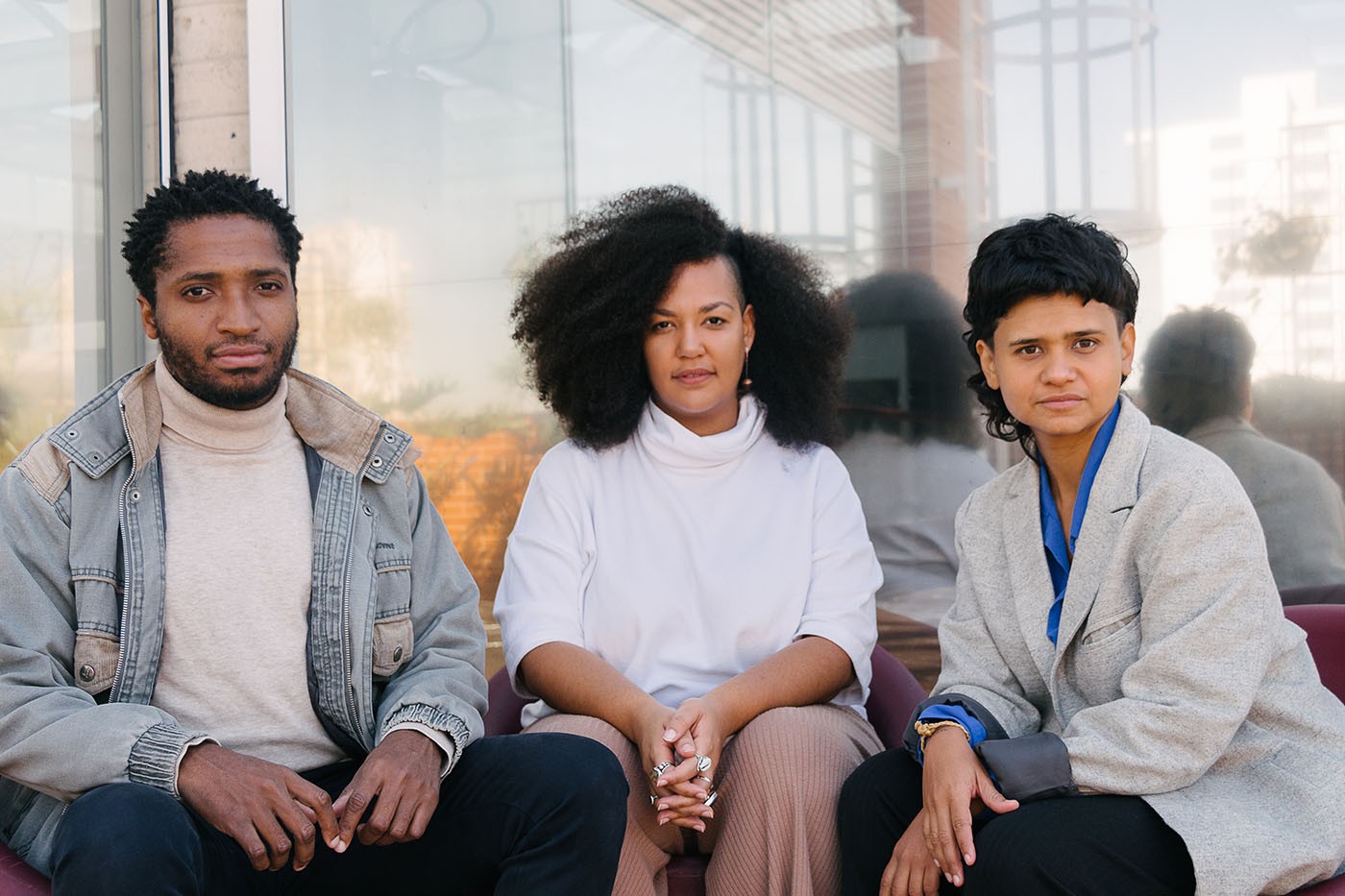Colonial Ghosts Haunt Accra’s Jamestown
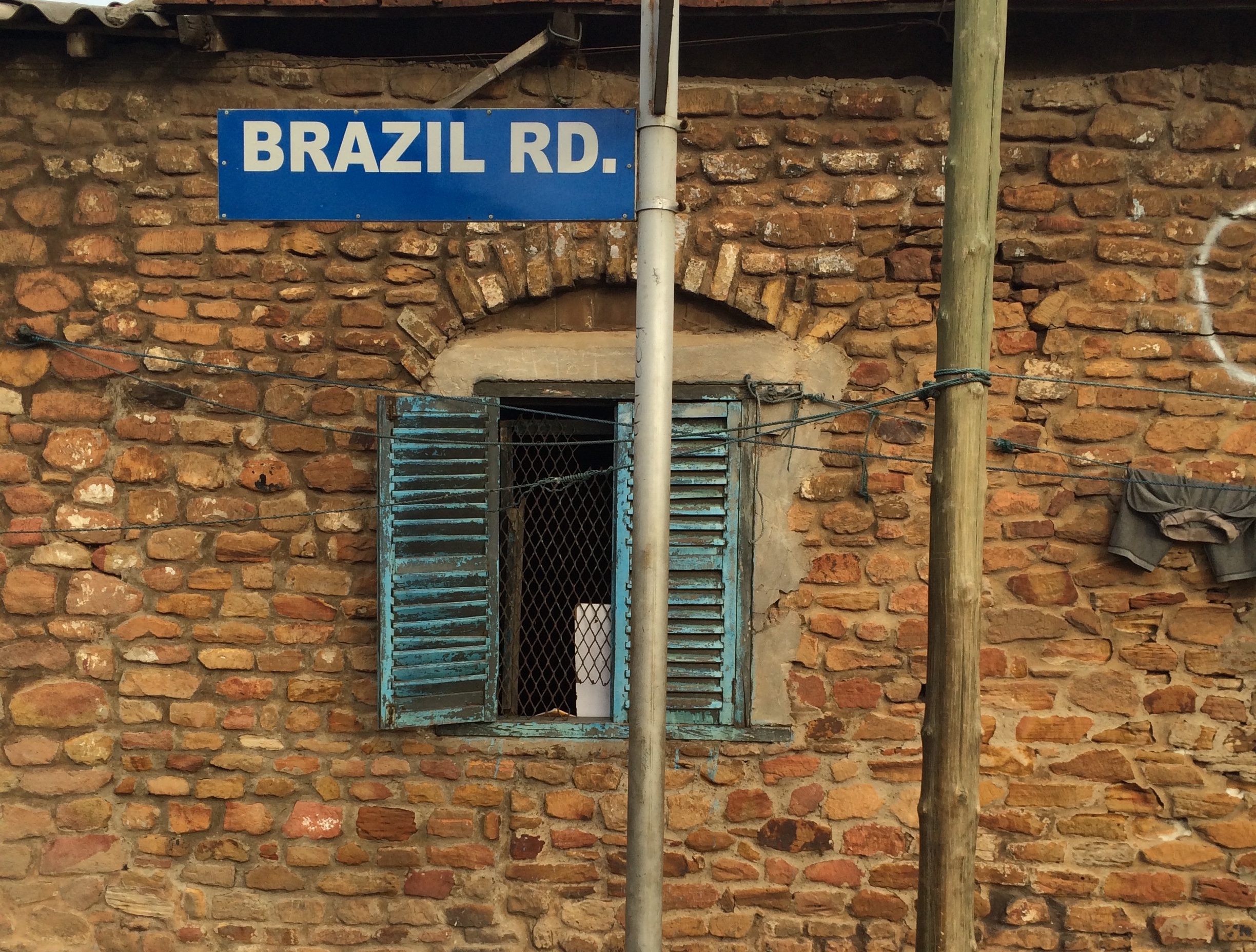
07 September 2016
Magazine C& Magazine
5 min read
I would suggest Kendrick Lamar´s Alright as a soundtrack to this piece. Imagine how conflicting it can be for young black Brazilians to create their identity while growing up surrounded by mostly negative references to blackness. Brazil received more slaves than any other country in the Americas – around 40% of the people forced …
I would suggest Kendrick Lamar´s Alright as a soundtrack to this piece.
Imagine how conflicting it can be for young black Brazilians to create their identity while growing up surrounded by mostly negative references to blackness.
Brazil received more slaves than any other country in the Americas - around 40% of the people forced to leave the African continent between the 16th and 19th centuries were brought here. We were the last country in the southern hemisphere to abolish slavery and we are the country with the largest black population in the world, after Nigeria. Human trafficking has created a complex and terrible transatlantic network that spanned nearly four centuries and contributed immensely to the formation of the Brazilian society, influencing many of its cultural aspects.
Official history in Brazil still silences the black leadership in the struggle for abolition. And schoolbooks largely reproduce images of enslaved men and women only in submissive positions, dehumanizing them and ignoring the numerous slave rebellions that arose throughout the slavery period, especially during the 19th century. As a result of these rebellions emerged what’s become one of the most iconic moments of the entire slavery period - the deportation of former slaves back to west Africa. This return occurred mainly to African and Brazilian-born freed slaves who lived in Bahia, where the main uprisings happened. During this period the region had a considerable number of black Muslims, both enslaved and free who participated in various rebellions. In 1835 the Malê Revolt took place, culminating in harsh punishments for those involved and deportation of freed slaves. This also extended to many of those who hadn’t necessarily engaged in the rebellions, for being seen as a threat to the empire.
.
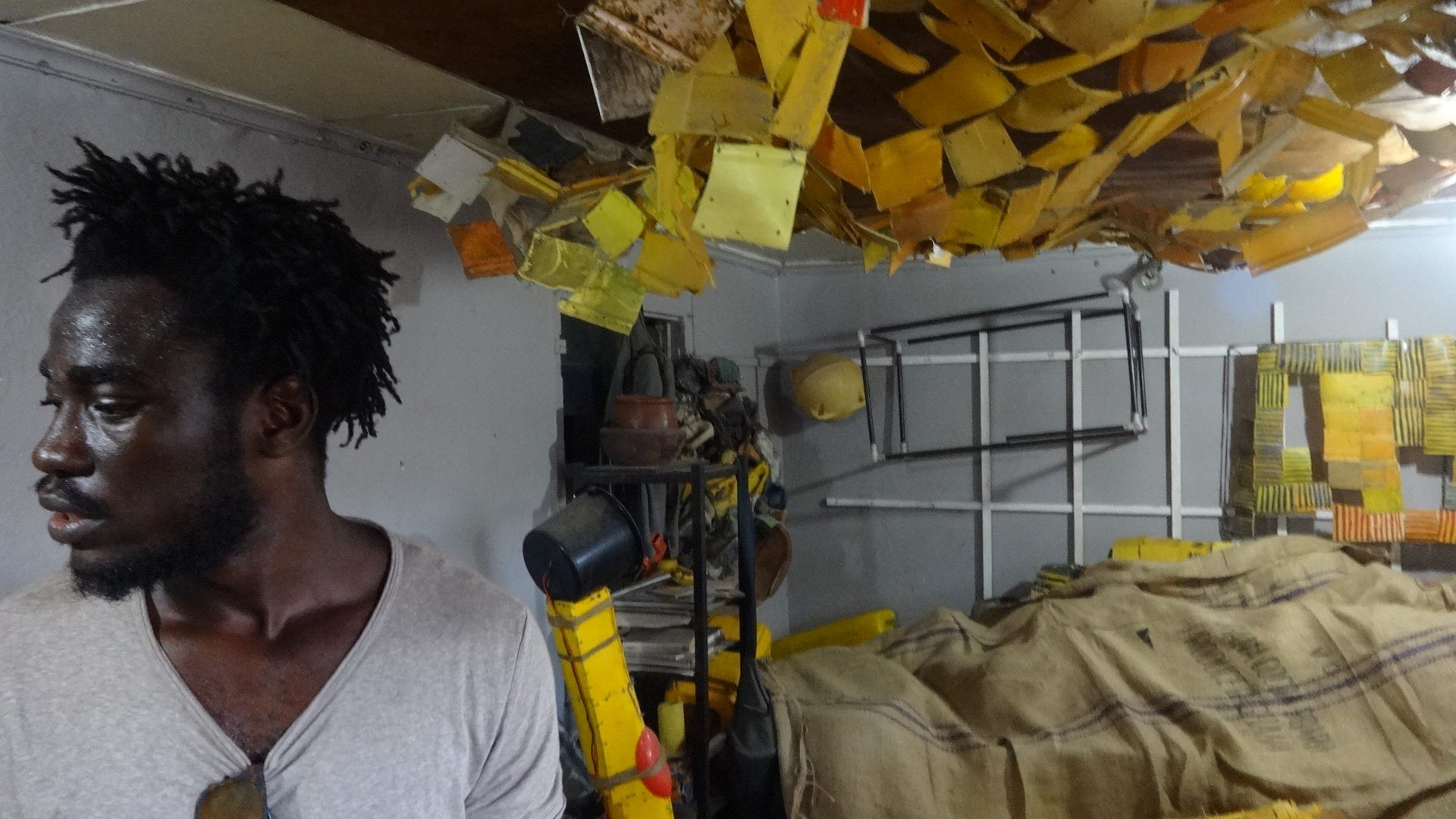
<figcaption> Artist Serge Attukwei Clottey in his studio in Labadi, Accra Study Days, April 2016. Photo: Gabi Ngcobo. Courtesy of the 32nd Bienal de São Paulo
.
It was in those moments of tension that the first groups of freed slaves were sent to Accra, the capital of Ghana, settling in Jamestown, one of the oldest parts of the city. Because of their technical skills they got involved in various activities such as jewellery making, construction and agriculture and human trafficking itself, which was practiced extensively in the region. This proved once again the complex social web that had formed around the transatlantic slave trade. Having poor command of the regional languages, this group often used the expression tá bom, tá bom (Portuguese for “it's alright”) when struggling with communication. On this account they came to be called by other residents as Tabom people.
In April, as part of the 32 Bienal de São Paulo, we began Dias de Estudos em Acra (Accra Study Days) with a group of artists, curators and researchers. The initial motto was the search for memories, possible continuities and traces left by the Tabom, as well facing the colonial ghosts which prowl the Jamestown area.
In between walks in Labadi, a visit to the Makola market and seminars, we had a meet up with a group of local artists at Brazil House, located on Brazil Road also in Jamestown. The house is part of an architectural complex built by the Tabom people. After a renovation that happened in 2005, which coincided with a visit by the then Brazilian President Luís Inácio Lula da Silva, it now functions as a sort of cultural centre. The ruins of what once were public squares where slaves were sold surround the building. And what became clear was how these spaces that once were of fundamental importance to the local economy are now completely abandoned, almost as an attempt to erase a period that doesn’t evoke pride in anyone. The ghosts were there but the Tabom people were not.
.

<figcaption> Accra Study Days, April 2016. Museum educator and researcher Thiago de Paula Souza (right) with artist Dineo Seshee Bopape (left), Accra Study Days, April 2016. Courtesy of the 32nd Bienal de São Paulo
After their arrival, the Tabom received a number of privileges and also got involved in various commercial and political activities, which helped them build up their own network of influence. This would also grant them some prestige in the Ghanaian society and gradually they moved away from the area that first welcomed them.
The presence of black people on the streets of Accra, startled me from the beginning, even if I expected the population of Ghana to be mostly black. Having grown up in Brazil and gotten used to seeing black men and women working mostly in domestic help or taking up roles at the bottom of the social pyramid had a detrimental effect on my imagination. And thus it came as a surprise to find here young black artists, black curators and black researchers. In the end, I came to realise that the colonial ghosts were very much alive inside me, and that things were still very far from being tá bom.
.
Thiago de Paula Souza lives in São Paulo, where he works as an educator at the Afro-Brazilian Museum (Museu Afro Brazil). His current research concerns race relations, African and Afro-Brazilian art, and the depiction of art from Africa and the diaspora in the German-speaking context.
Read more from
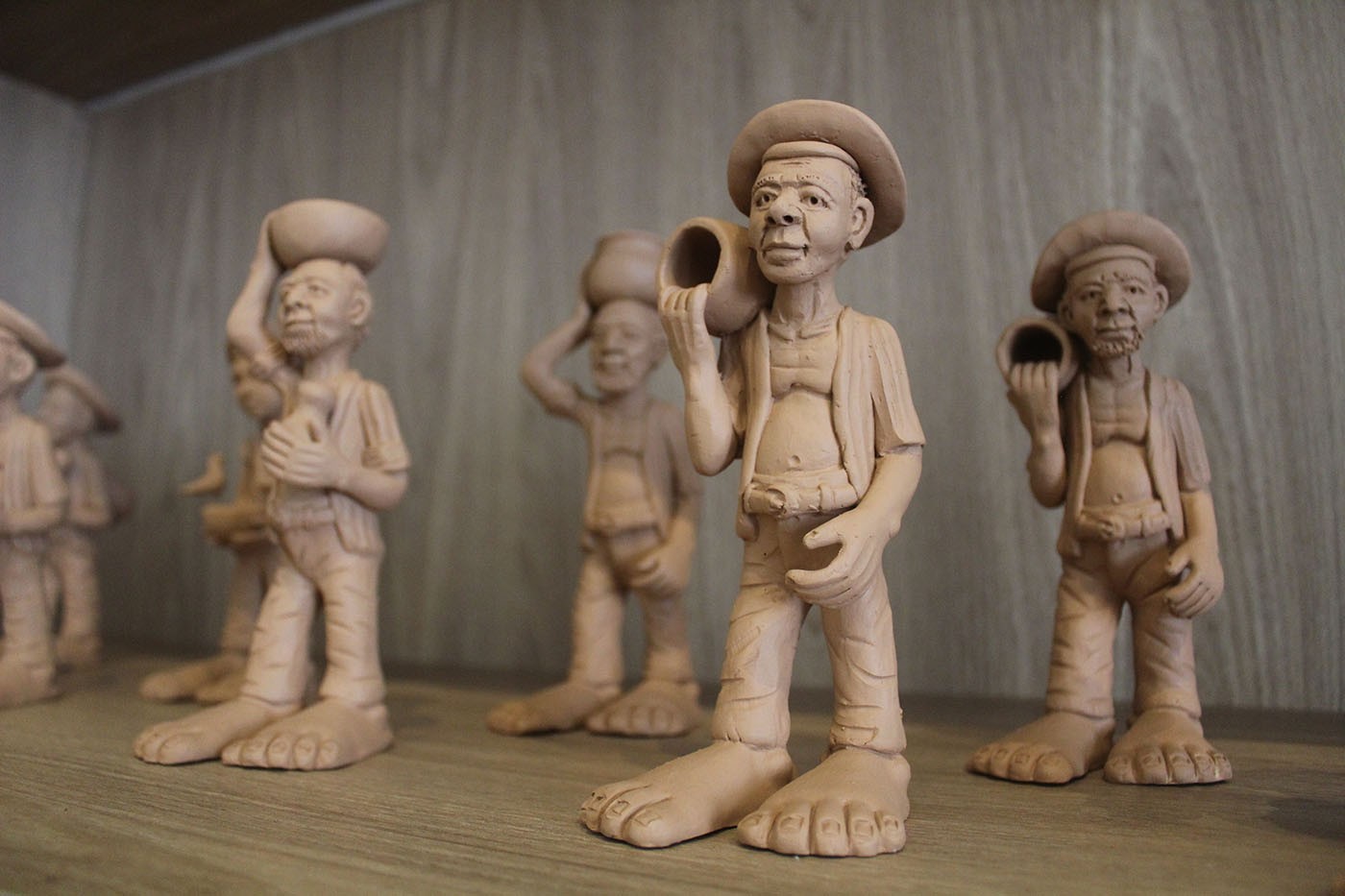
MUNCAB inaugura novo espaço dedicado à arte afro-brasileira
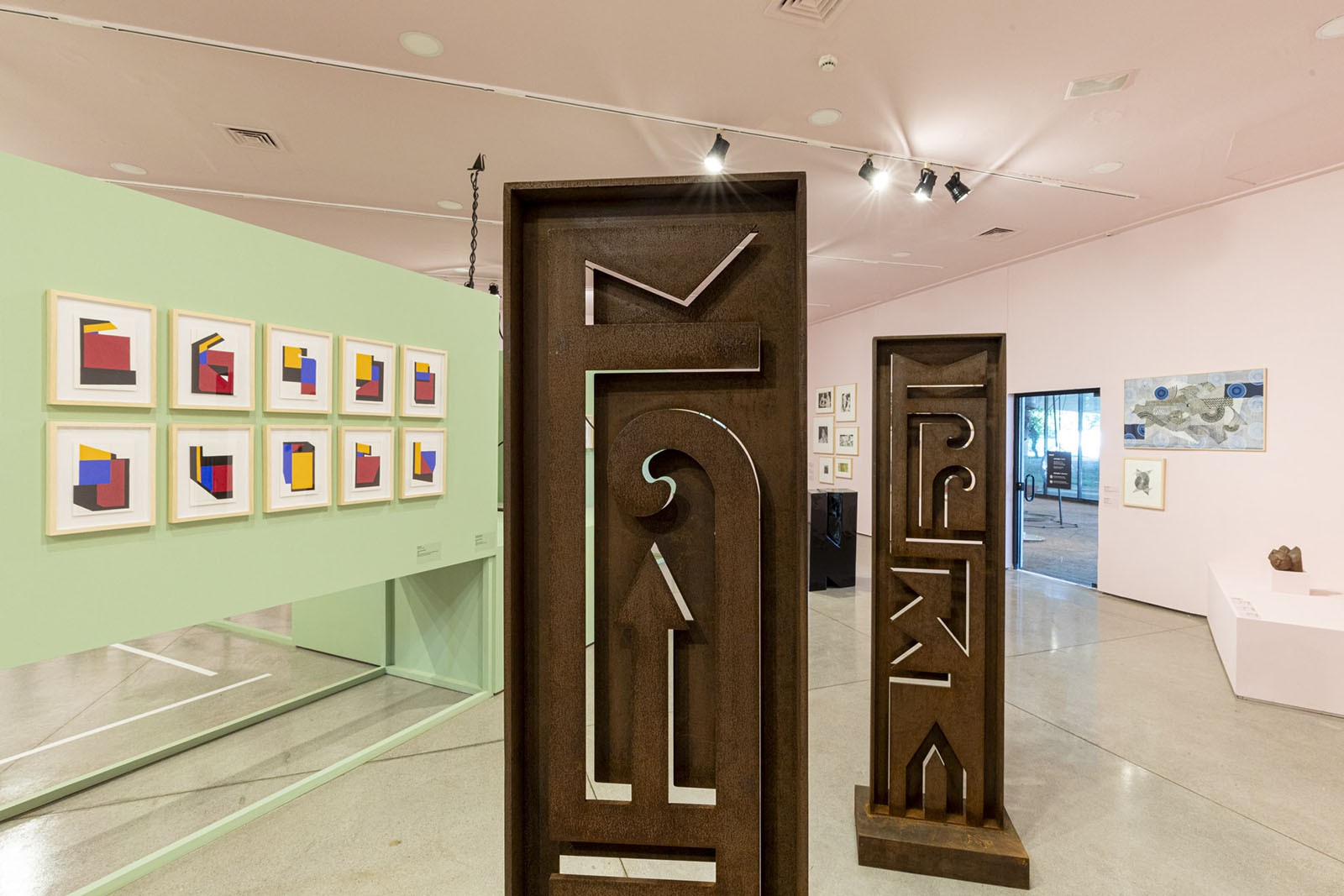
Mãos: 35 anos da Mão Afro-Brasileira
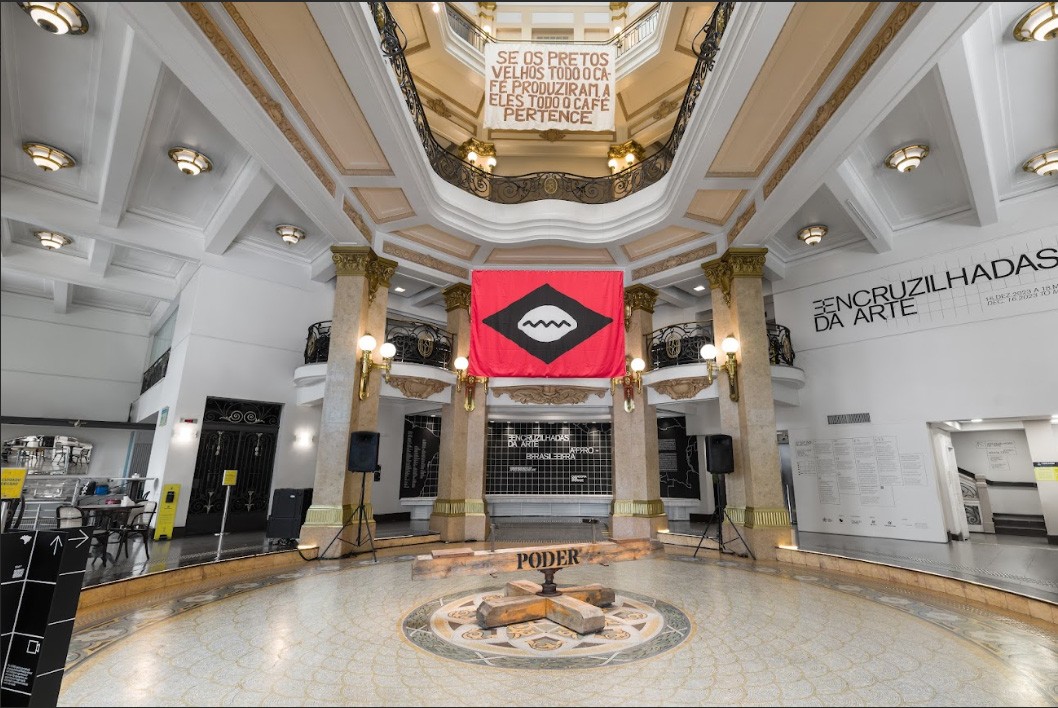
Crossroads of Afro-Brazilian Art
Read more from
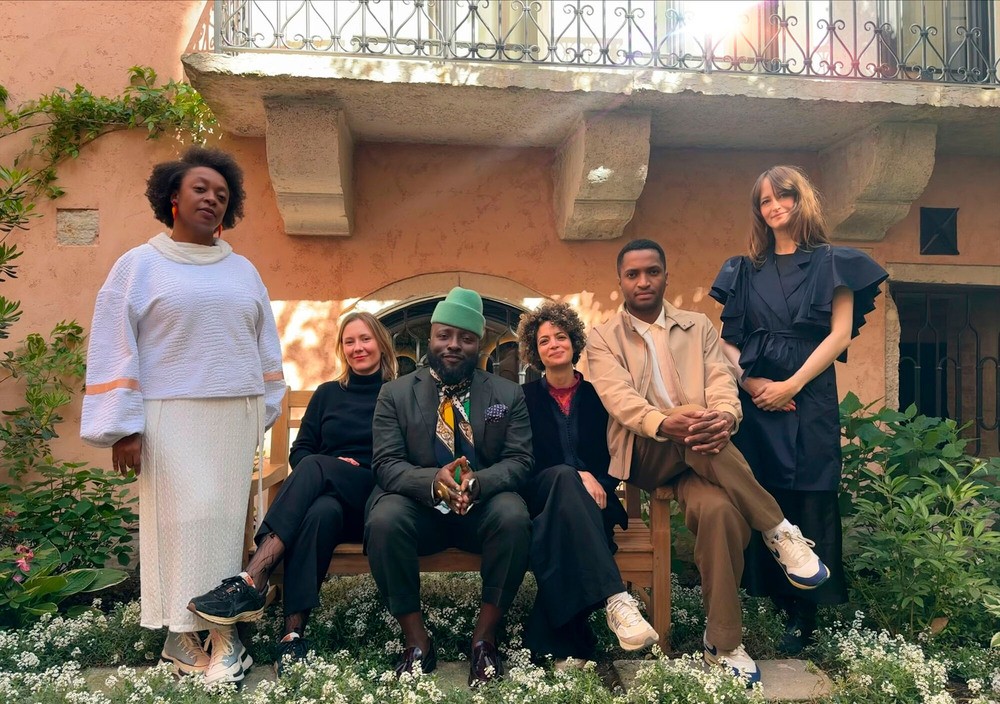
Conceptual Team for the 36th Bienal de São Paulo Announced
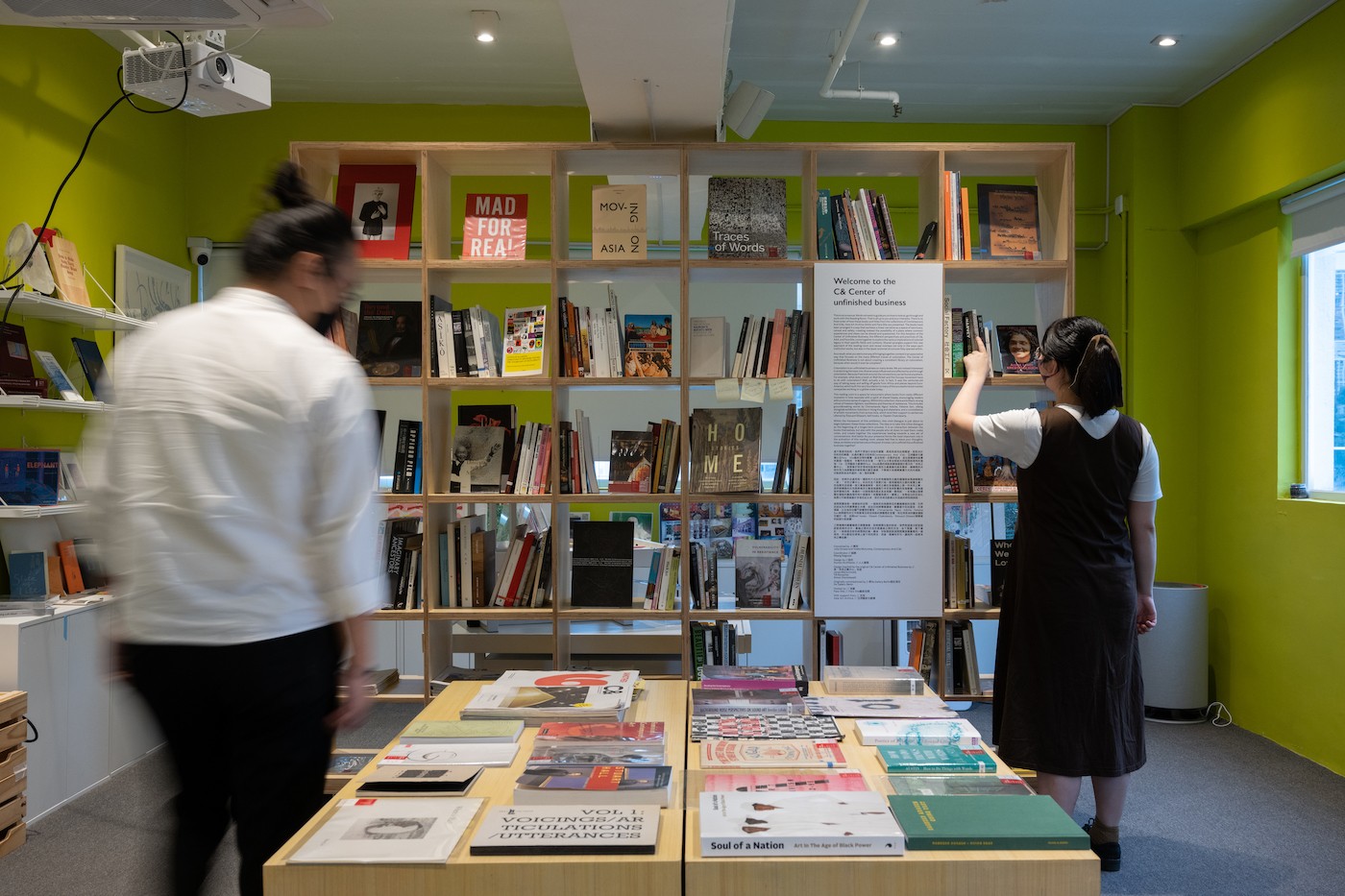
While we are embattled – Group Show
